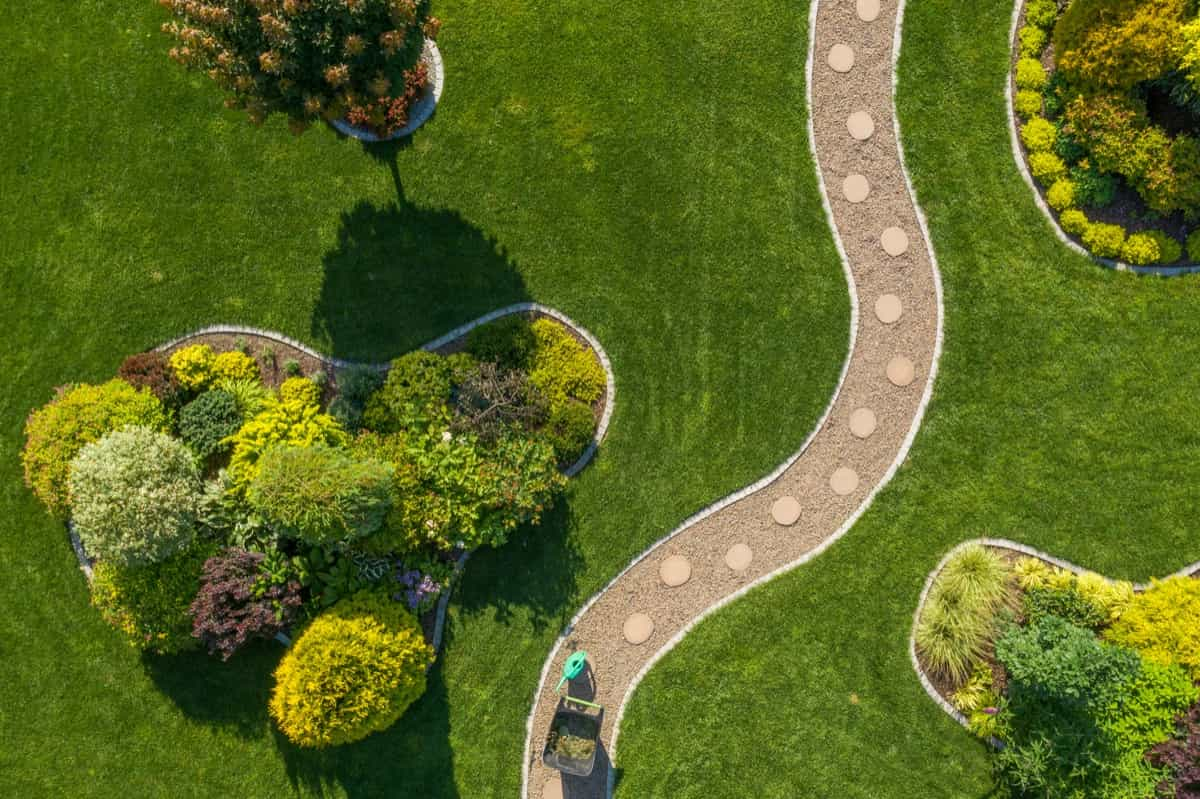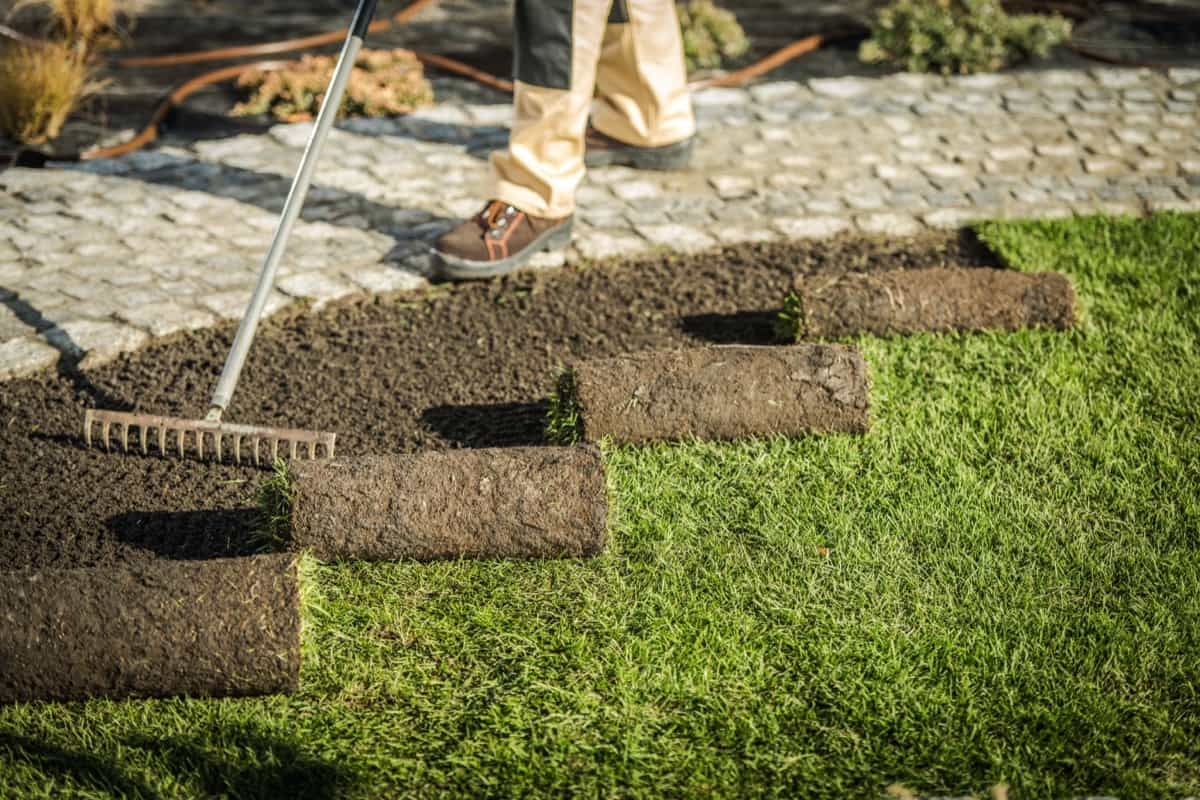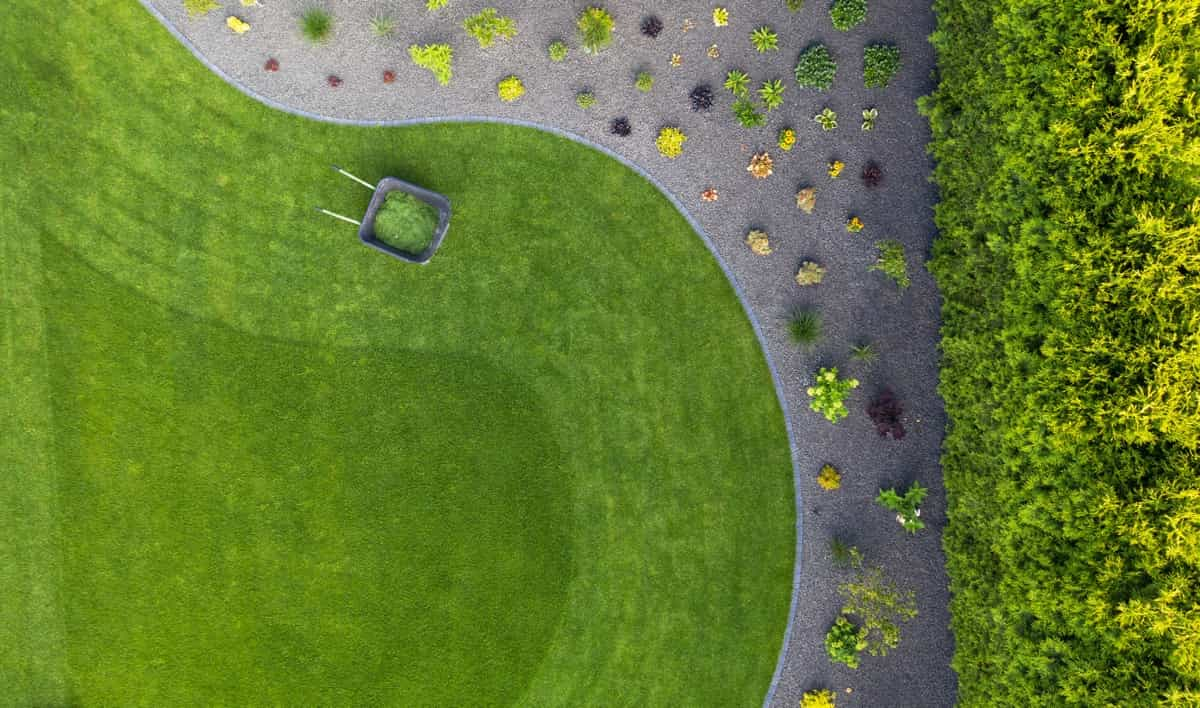Discover why your lawn may need help with our comprehensive guide on reviving dead grass. Explore lawn care tips, treatment solutions, and remedies for dying grass. Learn about soil improvement, pest control, and weed management. Find out how to address lawn diseases, improve soil health, and implement eco-friendly treatments. Follow our expert advice to bring your lawn back to life and maintain its vitality.

10 Reasons Why Your Lawn is Dying
Improper Watering
- Overwatering: Overwatering causes root rot and the growth of fungus. It can also wash away essential nutrients from the soil, leaving your grass malnourished.
- Underwatering: On the other hand, underwatering can cause your grass to become dehydrated and wilted. It’s important to strike a balance.
- Remedies for Proper Watering: Water your lawn early in the morning to reduce evaporation. The amount of water required depends on the type of grass, but generally, one inch of water per week is sufficient.
Poor Soil Quality
- Nutrient Deficiency: Grass requires nutrients like nitrogen, phosphorus, and potassium to grow. A deficiency in nutrients can lead to a dying lawn.
- Soil Compaction: This can prevent roots from expanding and absorbing nutrients.
- Improving Soil Quality: Regularly test your soil’s nutrient levels and pH. Use organic matter or fertilizers to replenish nutrients.
Lack of Sunlight
- Identifying Shade Issues: Look for areas of your lawn that are consistently in the shade. These areas may need help to grow grass.
- Solutions for Sunlight Deprivation: Consider trimming overhanging branches to allow sunlight to reach your lawn.
Pest Infestations
- Common Lawn Pests: Grubs, chinch bugs, and sod webworms are common lawn pests.
- Natural and Chemical Pest Control: Use natural predators, like birds and beneficial insects, or apply pesticides.
Weed Overgrowth
- Identifying Weeds: Weeds can be identified by their distinct leaf shapes and growth patterns.
- Weed Removal Techniques: Hand-pulling, hoeing, and herbicides can be used to remove weeds.
- Preventing Weed Recurrence: Regular mowing and maintaining a healthy lawn can prevent weed growth.
Disease and Fungus
- Common Lawn Diseases: Brown patches, dollar spots, and rust are common lawn diseases.
- Fungal Problems: Fungi can cause patches of grass to die.
- Disease Prevention and Treatment: Regularly aerate your lawn and apply fungicides if necessary.
Improper Mowing Practices
- Cutting Too Short: This can stress the grass and make susceptible to pests and diseases.
- Mowing with Dull Blades: Dull blades can tear grass, leading to a brown or yellow appearance.
- Optimal Mowing Techniques: Keep your mower blades sharp, and don’t cut the grass too short.
In case you missed it: Guide to Using Milky Spore for Lawns and Gardens: Eco-Friendly Pest Control with Milky Spore

Thatch Buildup
- Recognizing Thatch Problems: Thatch is a layer of dead grass and roots that can prevent water and nutrients from reaching the soil.
- Thatch Removal Methods: Use a dethatching rake or a lawn aerator to remove thatch.
Chemical Damage
- Fertilizer Burn: Over-fertilizing can burn your grass and cause it to die.
- Pesticide Misapplication: Overuse of pesticides can harm beneficial insects and the grass itself.
- Correcting Chemical Imbalances: Use fertilizers and pesticides sparingly and according to the manufacturer’s instructions.
Environmental Stress
- Heat Stress: High temperatures can cause your grass to go dormant and turn brown.
- Cold Stress: Frost can kill grass if it’s not properly prepared for winter.
- Managing Environmental Stressors: Water your lawn during dry spells and aerate it to improve its resilience to temperature changes.
Lawn Maintance Tips and Dying Grass Remedies
Lawn Care Tips and Dying Grass Remedies
- Watering Tips for Healthy Grass: Water your lawn early in the morning to reduce evaporation. Generally, one inch of water per week is sufficient.
- Sunlight Requirements for Grass: Ensure your lawn gets at least 6 hours of sunlight daily. Trim overhanging branches if necessary.
- Lawn Fertilization Guide: Use a slow-release granular fertilizer, applying it in the early spring and fall.
Soil Improvement and Lawn Disease Treatment
- Soil Improvement for Lawns: Regularly test your soil’s nutrient levels and pH. Use organic matter or fertilizers to replenish nutrients.
- Lawn Disease Treatment: Apply fungicides if necessary and regularly aerate your lawn to prevent common lawn diseases like brown patches and dollar spots.
Pest Control and Weed Management
- Lawn Pest Control: Use natural predators, like birds and beneficial insects, or apply pesticides to control common lawn pests like grubs and chinch bugs.
- Weed Management in Lawns: Regular mowing and maintaining a healthy lawn can prevent weed growth. Use herbicides if necessary.
Overcoming Thatch and Grass Fungus Treatment
- Overcoming Thatch in Lawns: Use a dethatching rake or a lawn aerator to remove thatch, a layer of dead grass, roots that can prevent water and nutrients from reaching the soil.
- Grass Fungus Treatment: Apply fungicides and ensure proper watering to prevent and treat fungal problems.
Organic Lawn Care and Preventing Lawn Damage
- Organic Lawn Care Methods: Use organic fertilizers and pesticides and promote natural predators for pest control.
- Preventing Lawn Damage: Avoid overwatering, over-fertilizing, and cutting the grass too short to prevent lawn damage.
Lawn Recovery and Maintenance
- Lawn Recovery Steps: If your lawn is damaged, adjust your watering and fertilizing schedule, reseed if necessary, and be patient.
- Lawn Care Maintenance Schedule: Regularly mow, water, and fertilize your lawn. Aerate and dethatch as needed.
Eco-friendly Treatments and Soil Testing
- Eco-friendly Lawn Treatments: Use organic or slow-release fertilizers, conserve water, and use eco-friendly pest control methods.
- Lawn Soil Testing and Treatment: Regularly test your soil and adjust your lawn care practices based on the results.
In case you missed it: Best Fungicide for Lawns: Discover 100% Effective Treatment with These Top 10 Fungicides

In case you missed it: Guide to Using Sevin Insect Killer Dust for Lawn Pest Control

Conclusion
By addressing common issues such as soil quality, pests, and diseases, you can effectively revive your dying lawn. Implementing proper treatment and remedies, including eco-friendly solutions, will promote healthy grass growth and ensure long-term vitality. Follow these steps to transform your lawn into a lush and vibrant landscape.
- Beneficial Insects in Pest Management
- Natural Solutions for Pest Control in Flower Gardens
- Types of Fungicides Used in Agriculture
- Common Issues in the Fruit Development Stage of Pomegranate Farming
- Fruit Development Issues in Papaya: Easy Solutions and Treatment
- Soil-Borne Diseases and How to Protect Your Plants
- Practices to Prevent Disease Spread in the Garden
- From Wilted to Thriving: How to Treat Root Rot Naturally in Houseplants
- Natural Remedies to Cure Brown Spots on Fig Tree Leaves